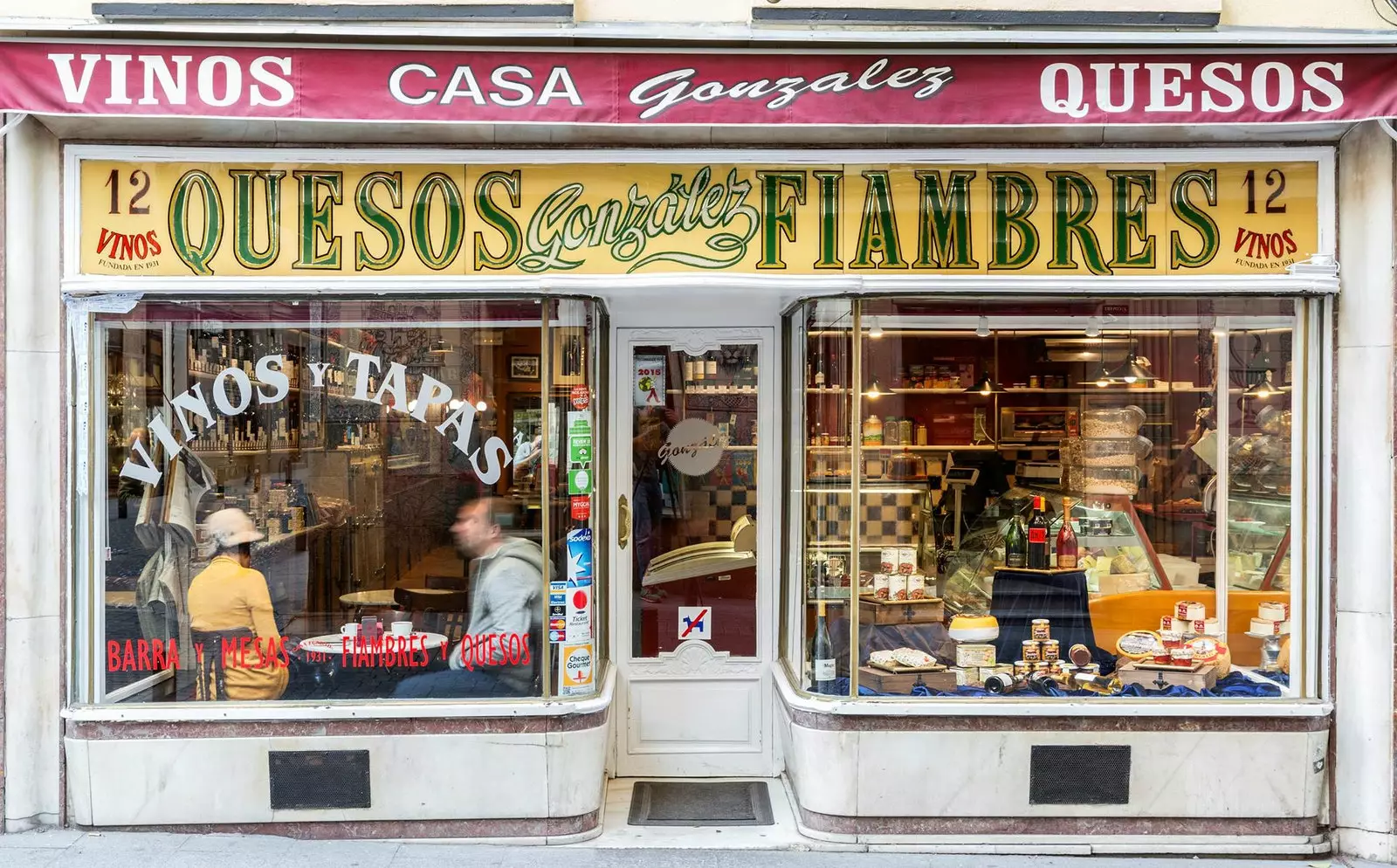
We confess, we feel weakness for Casa González.
The center of Madrid is constantly changing. Large restaurant and hotel chains invade the streets, transforming the city at an exorbitant rate.
Walking around we notice a new restaurant that occupies the place of the bar we used to go to, or the completely renovated version at 100 supplanting an establishment that we can't remember even though it was in that same spot until yesterday. Gentrification is here to stay and we, who love Madrid, are in perpetual search for taverns, restaurants and shops with a soul.
And it is that, despite the persistent mutation of the city, we can still find a Madrid of centuries-old shops hidden behind renovated facades or modern establishments that demand the authentic. We just have to open our eyes wide and we will be able to recover the most authentic Madrid.
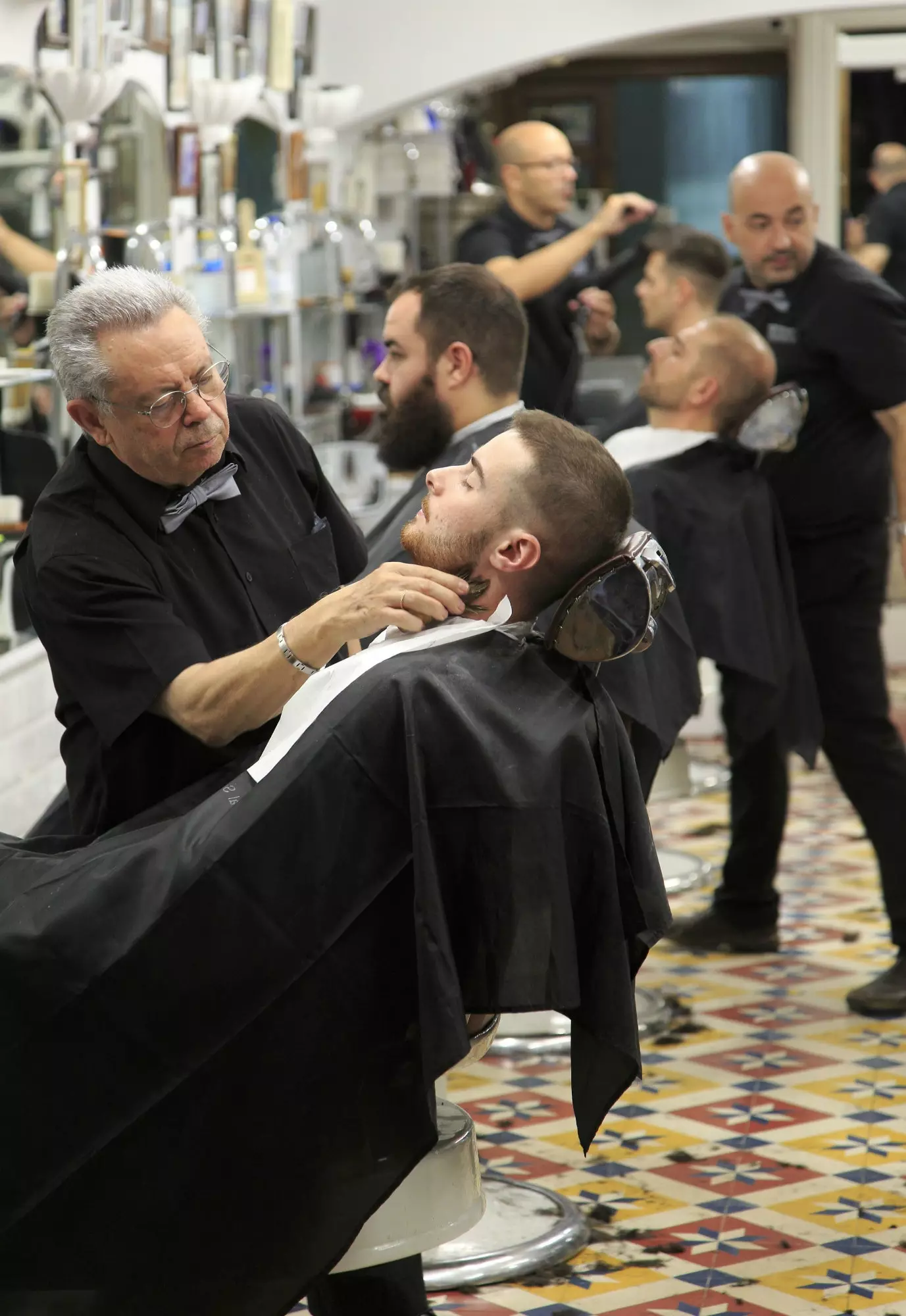
In the Kinze they have been grooming the beard of the people of Madrid for more than 100 years.
TO GROOM
Barbershops, hairdressers and shops selling hats, espadrilles or fans bring us closer to the essence of old Madrid while we take care of our image.
This is the case of Modern Hairdressing. Despite its name, the barber shop is among the oldest in the capital. It opened its doors in 1881 on Calle Jorge Juan 51. It is currently located at Alcalá 121 and continues to retain its classic appearance.
In the center of Madrid is where we will find most of the old shops that grew up around the Plaza Mayor. One of them is the barbershop El Kinze. Located at number 15 Cuchilleros street, still maintains the tradition and atmosphere of its inauguration, on January 2, 1900.
Nearby, on calle Toledo 57, the door of the Casa Vega espadrille store is filled with Spaniards and foreigners willing to stand in line to buy traditional footwear back in fashion. Inside, the smell of leather has been present for more than 150 years.
El Gato Negro, wool shop, and Casa Yustas, known for selling military effects and all kinds of accessories and gifts, had their origins in the Plaza Mayor and there they continue persevering over the years.
In the same square, La Favorita began its journey in 1894 with the sale of hats and berets. As a curiosity, the owner tells us that Che Guevara's famous beret came out of the old store.
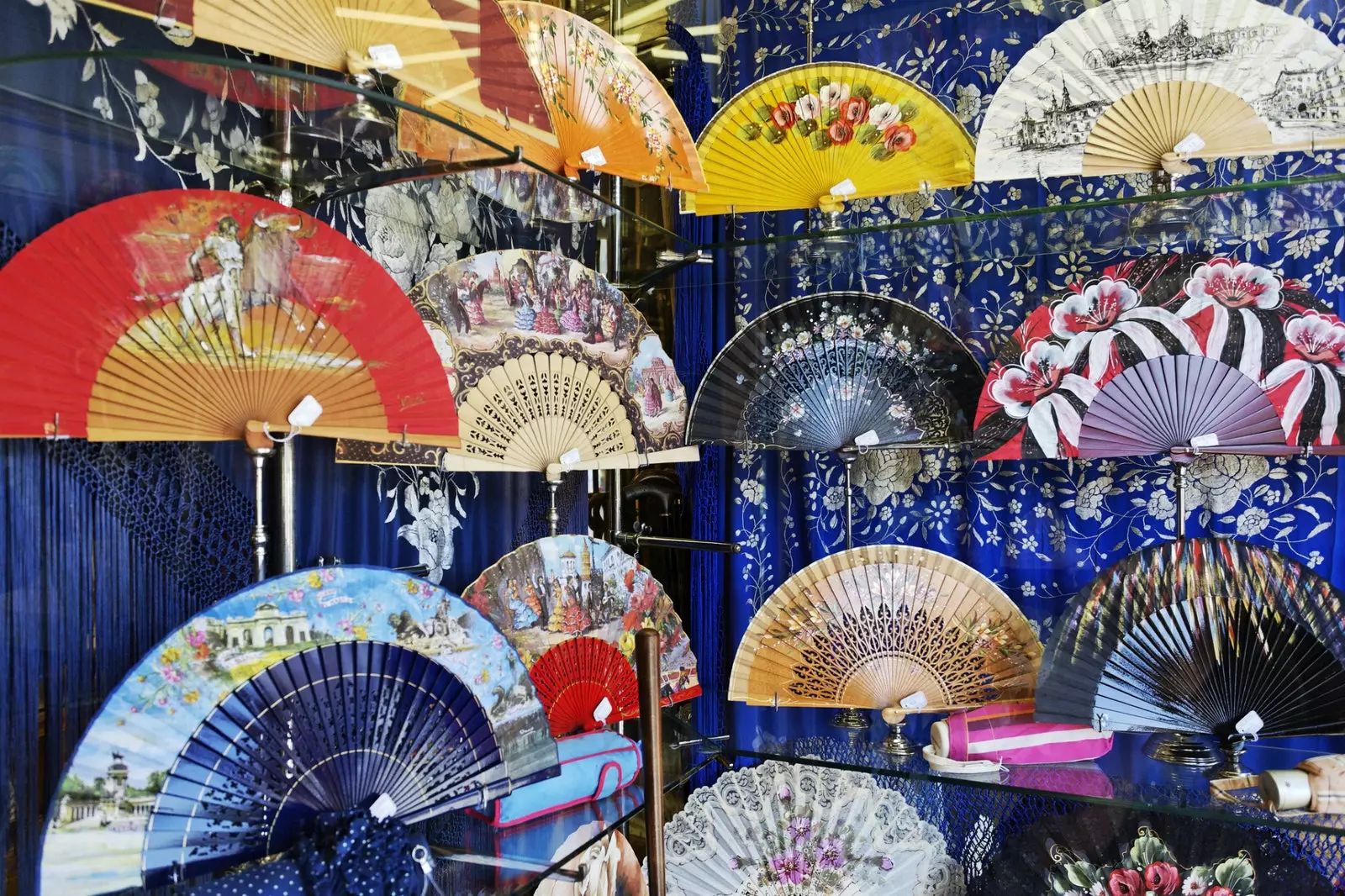
Showcase at Casa de Diego, which has been selling fans since 1823.
The Warehouse of Pontejos Dispatches haberdashery products since 1861. It is a good point to feel the hustle and bustle of people looking for items for their crafts and imagine the atmosphere of the place years ago.
Among the international brand stores in Puerta del Sol, Casa de Diego survives selling umbrellas and fans since 1823, and Gloves Luque, in Espoz, and Mina 3, have been doing so since 1886, with the most elegant accessories.
At Calle de la Cruz 23, a classic garment is renewed at Capas Seseña. Royal Houses and important personalities from all over the world (Bruce Springsteen, Plácido Domingo, Hillary Clinton…) have commissioned here. Also the cloak in which Picasso is buried was purchased at the store. Pío Baroja, Valle Inclán and Machado are other characters who have worn their Seseña capes.
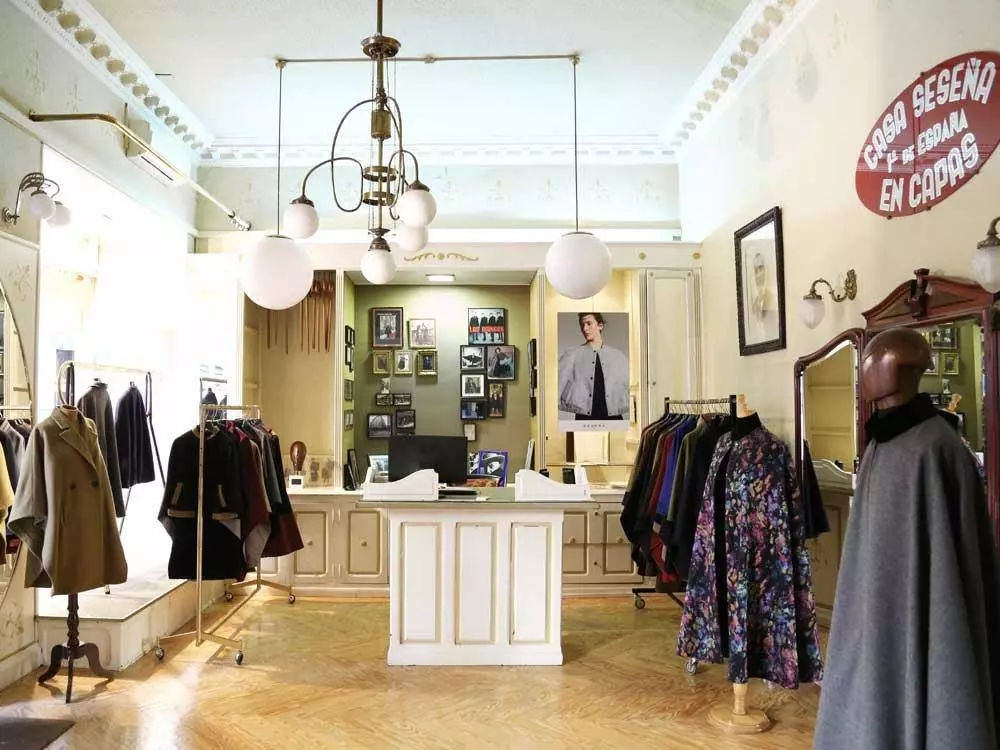
Even The Boss has a layer of Seseña Layers.
BOOKS, GIFTS AND OTHER PURCHASES WITH HISTORICAL VALUE
The bookstores on Cuesta de Moyano, presided over by the statue of Pío Baroja, lead one of the most special places of our route through the most authentic Madrid. They originated in 1925 and have become a point of reference for those looking for second-hand books.
Another of the places to get lost among old books and out-of-print editions is Miguel Miranda. The bookstore, located at Calle Lope de Vega 19, is a little hideaway in which to escape for hours between shelves full of authentic jewels.
We walk through the Literary neighborhood to the Desnivel Bookstore (Plaza de Matute 6). Is there perhaps a more emblematic neighborhood to look for books? With 20 years of life, it is not one of the hundred-year-old bookstores, but the place where it is located is. The site began as a paper mill in the 19th century and is still Much of the shelves, floor and even a guillotine from the time are preserved. As a bookstore it has been in operation since 1898. It is currently a temple for lovers of mountaineering and travel in general.
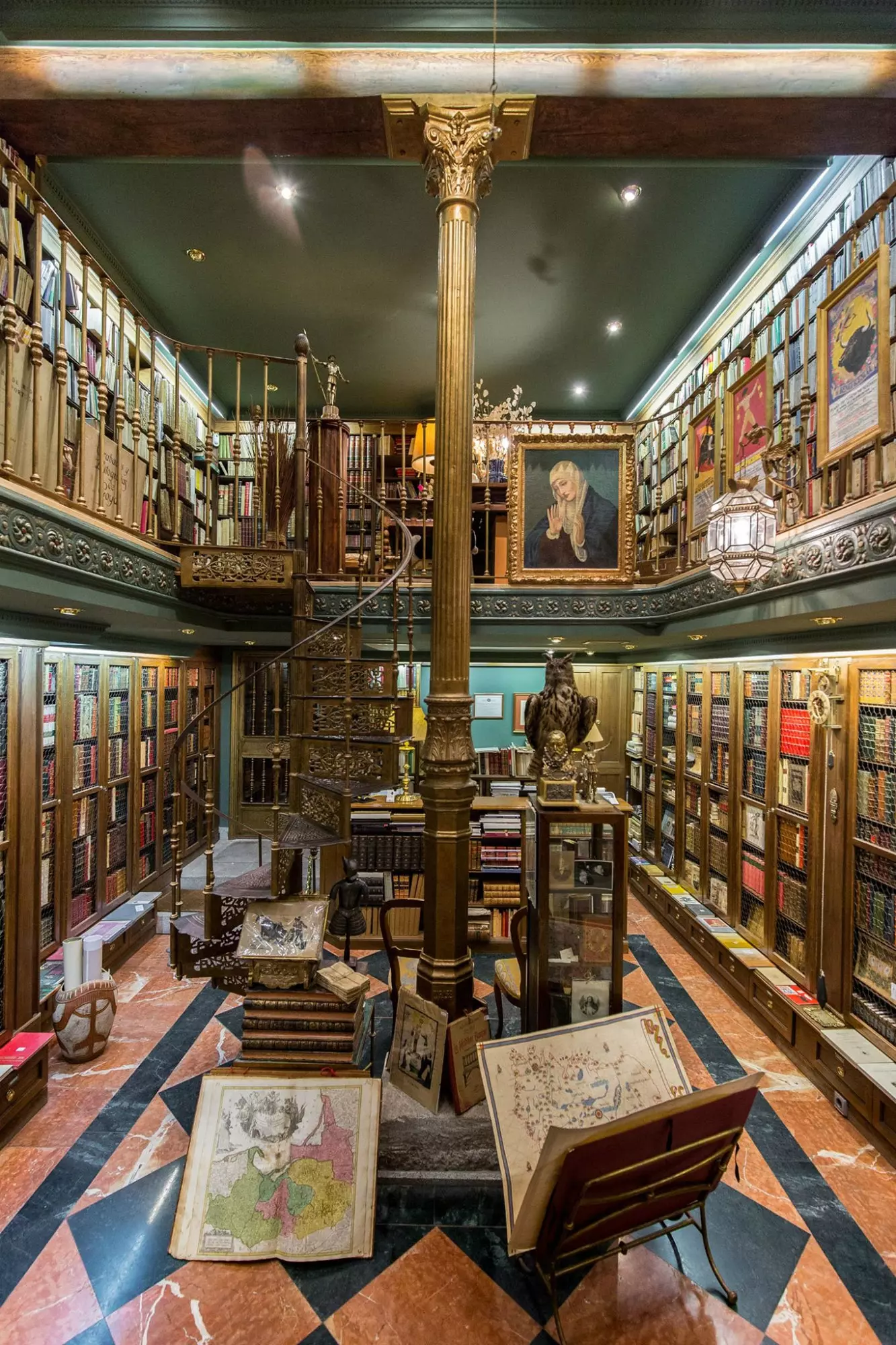
Contradictorily, the Miguel Miranda bookstore leaves you speechless.
Another of the bookstores that gives us the oldest and most noteworthy readings is that of San Ginés, next to the mythical chocolate shop of the same name. It is **a small office with an old-fashioned air with shelves open to the Pasadizo de San Ginés itself. ** A little corner that takes us directly to the year 1650, when the first booksellers set up their stalls as appendages to the church of San Ginés de Arles.
We located more century-old shops with a variety of themes: La Violeta (Plaza de Canalejas 6) selling violet candies since 1915, Guitars Ramírez (Calle de la Paz 8), opened in 1882 in the Rastro, or the flowers and plants of El Jardín del Ángel (Calle de las Huertas 2). We stop at the latter to delve deeper into its history.
The Garden of the Angel occupies the Cemetery of the Artists, the churchyard of the Church of San Sebastián where writers such as Lope de Vega were buried until Carlos III prohibited cemeteries in cities . Its life as a florist dates back to no less than 1887, being the oldest in Madrid and the only one located on a cemetery. A small urban oasis in which to find some relaxation and get an ephemeral gift.
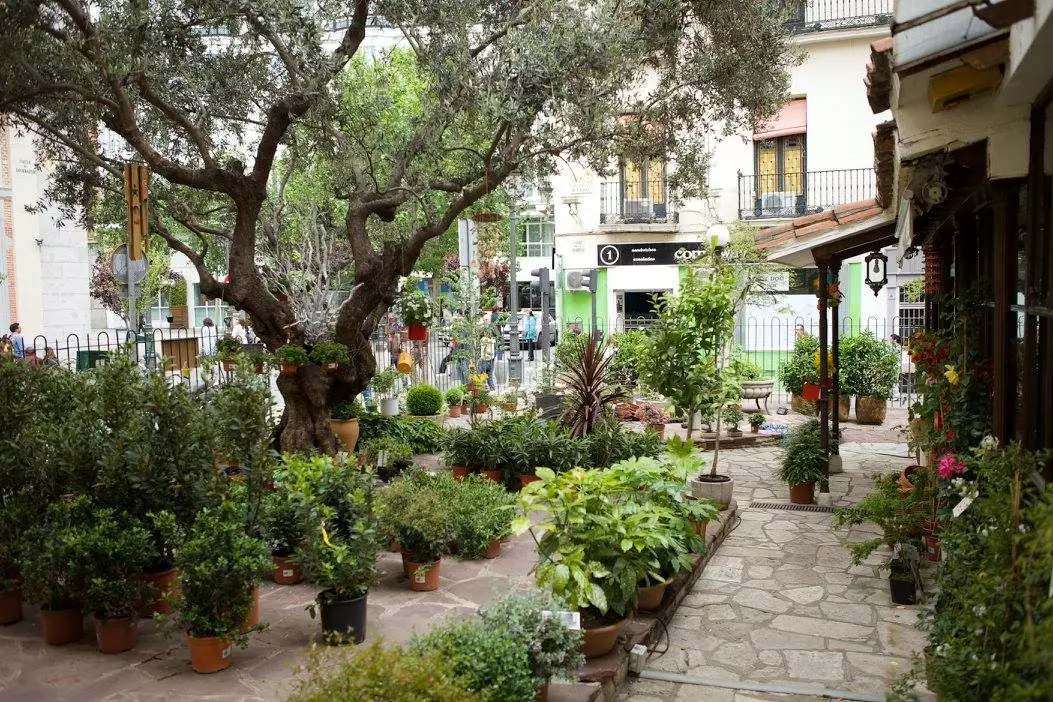
Lope de Vega was once buried in El Jardín del Ángel.
THE MOST CASTILIAN FOOD
Luckily there are still plenty of restaurants, bars and taverns where you can try the most genuine Madrid and, of course, its stew. The list is headed by emblematic restaurants such as Los Galayos from 1894 (Calle Botoneras 5), La Bola from 1870 (Calle la Bola 5), Lhardy from 1831 (Carrera de San Jerónimo 8) and Restaurante Botín from 1725 (Calle Cuchilleros 17), the oldest in the world.
There are also numerous eating houses that opened in Madrid between the 19th and early 20th centuries, and which still continue to offer their most traditional flavors. For croquettes and cod, Casa Labra (Calle Tetuán 12) has remained unchanged since 1860. Casa Alberto (Calle de las Huertas 18) is known for the vermouth that it has been serving since 1827. La Casa del Abuelo (Calle de la Victoria 12), from 1906, specialist in prawns, It was Andy Warhol's favorite tavern.
Casa González (León 12) is one of our favorites for serving high quality sausages to eat there or to take away. Regarding the drink, the beers of the Taberna la Dolores (Plaza de Jesús 4), from 1908, are among the most acclaimed.
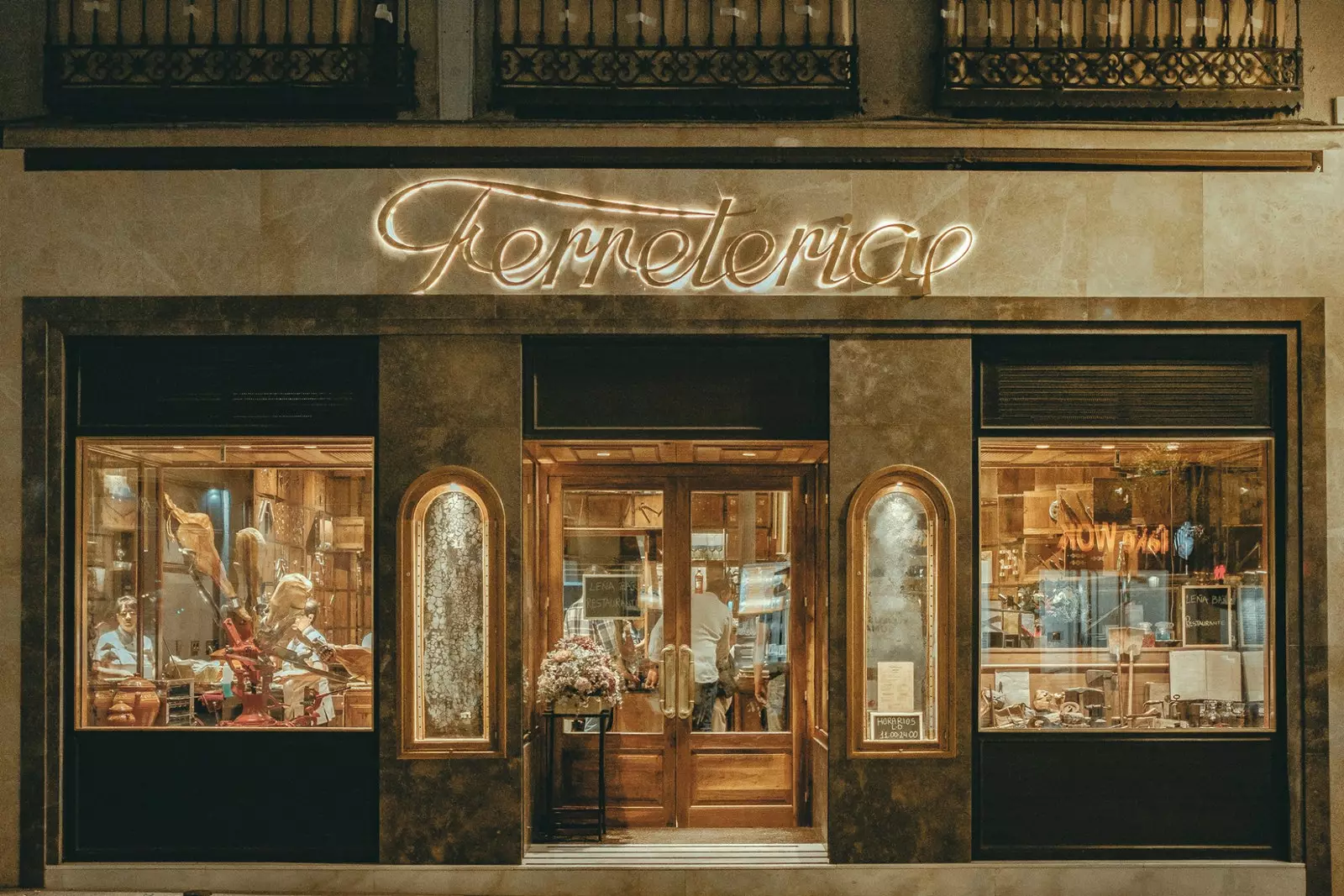
Ferretería by EGO is a new gastronomic space that has wanted to maintain the essence of yesteryear.
But the site that gets the most votes for its authenticity is La Venencia (7 Echegaray Street). This Cadiz winery from 1922 only serves wine from Cadiz and the bills are written down with chalk on the same bar, as was done in the past. “We don't allow photos because people come here to drink, not to pose. Neither do we advertise nor do we have a website”, says one of its owners. Without a doubt, a wonderful philosophy to recover, for a few hours, past times.
The dessert on our route is served by patisseries such as Casa Mira (Carrera San Jerónimo 30) from 1842 and famous for its artisan nougat, La Mallorquina from 1894 (calle Mayor, 2), Antigua Pastelería del Pozo (calle del Pozo 8) from 1830 and El Riojano (Mayor 10), founded by the pastry chef of Queen María Cristina of Habsburg in 1855.
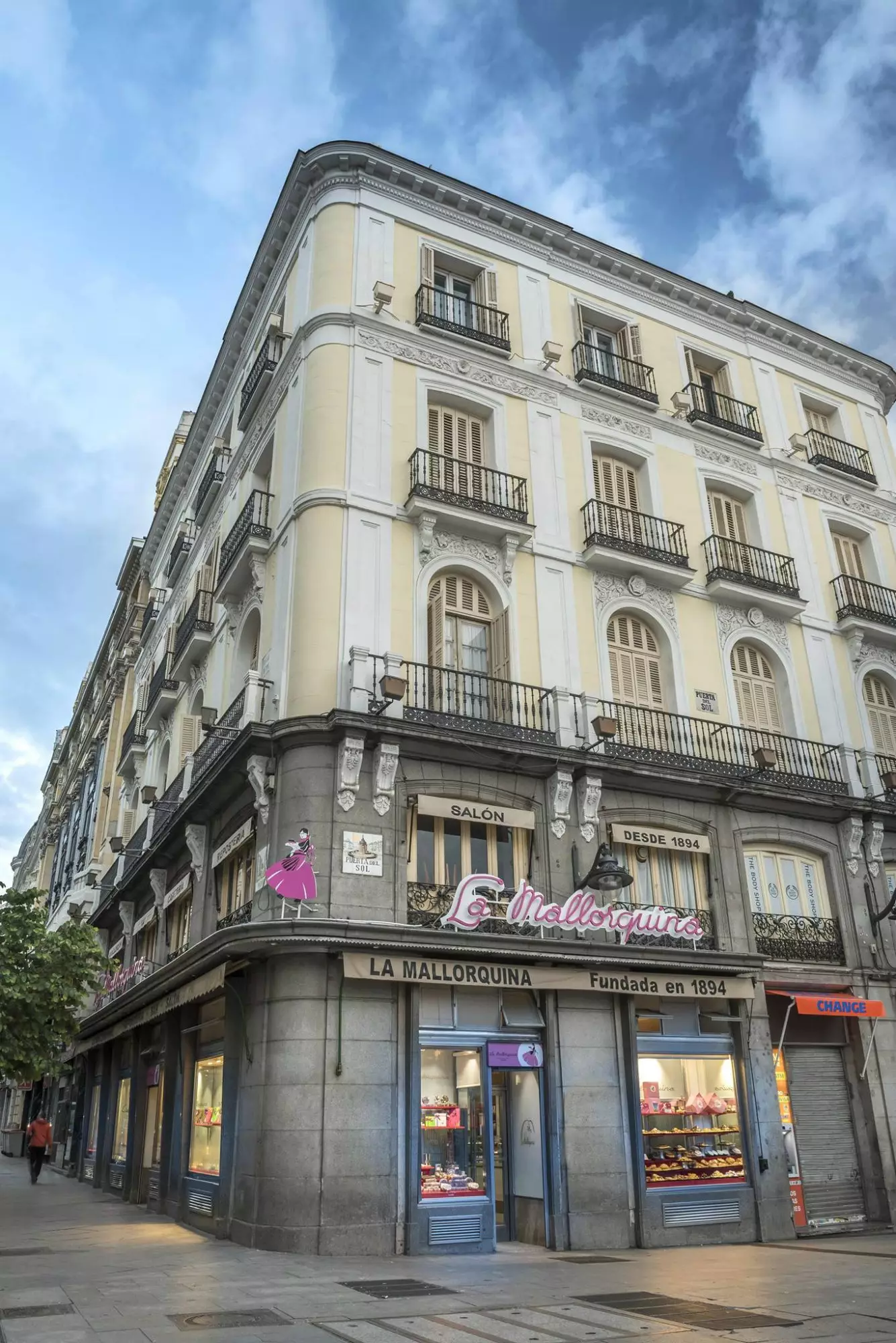
In the heart of Puerta del Sol, the La Mallorquina pastry shop has been located since 1894.
OTHER PLACES FOR NOSTALGIC
Among legends of ghosts, the Posada del Peine (Postas street 17) It is presented as the oldest hotel in Madrid. Opened in 1610, it welcomed travelers who arrived at the Casa de Postas to send or receive mail. The hotel has kept its name, named for offering a comb as a sign of distinction. Of course, tied with a string so that no one could take it.
As for leisure, the Café Central (Plaza del Ángel 10) stands out on the list of authentic places to enjoy a jazz session. It occupies the site of a glassware that closed in 1981 after 79 years of activity.
The seventh art leads us to Cine Doré, on calle Santa Isabel 3. Since 1989 it has been the exhibition hall of the Spanish Film Library and a wonderful place to revel in old classics.
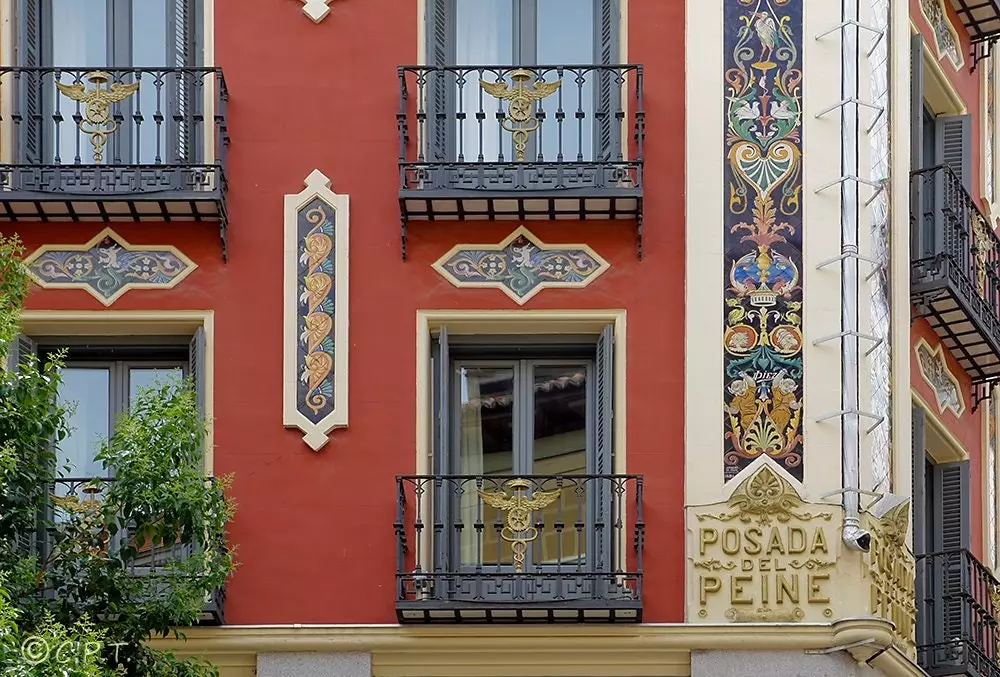
The facade of the Posada del Peine does not leave the passerby indifferent.
ADAPTED TO ITS TIME
In our search for the most nostalgic Madrid, we also find establishments that have been modernized, adapting to the times.
This is the case of the markets ( Mercado de San Miguel, Mercado de Antón Martín, Mercado de la Paz ), which have changed many of their vegetable, meat and fish stalls for exclusive gastronomic spaces. Despite this, the markets are not without authenticity. Many turn into food or craft fairs several times a year. Others host fun stalls such as La Casquería, in the San Fernando Market, where it is possible to buy books by weight.
On the contrary, the traditional markets have returned to the streets. One example is the Producers Market, held once a month on Avenida del Planetario or in locations such as the Matadero.
Other places that have been transformed, adapting to modern times, are the El Imparcial restaurant (Calle Duque de Alba, 4), which occupies the former editorial office of the newspaper of the same name, or the Sala Equis , in the adjoining room, which after closing the newspaper became Cinema X (el Alba) for more than 70 years.
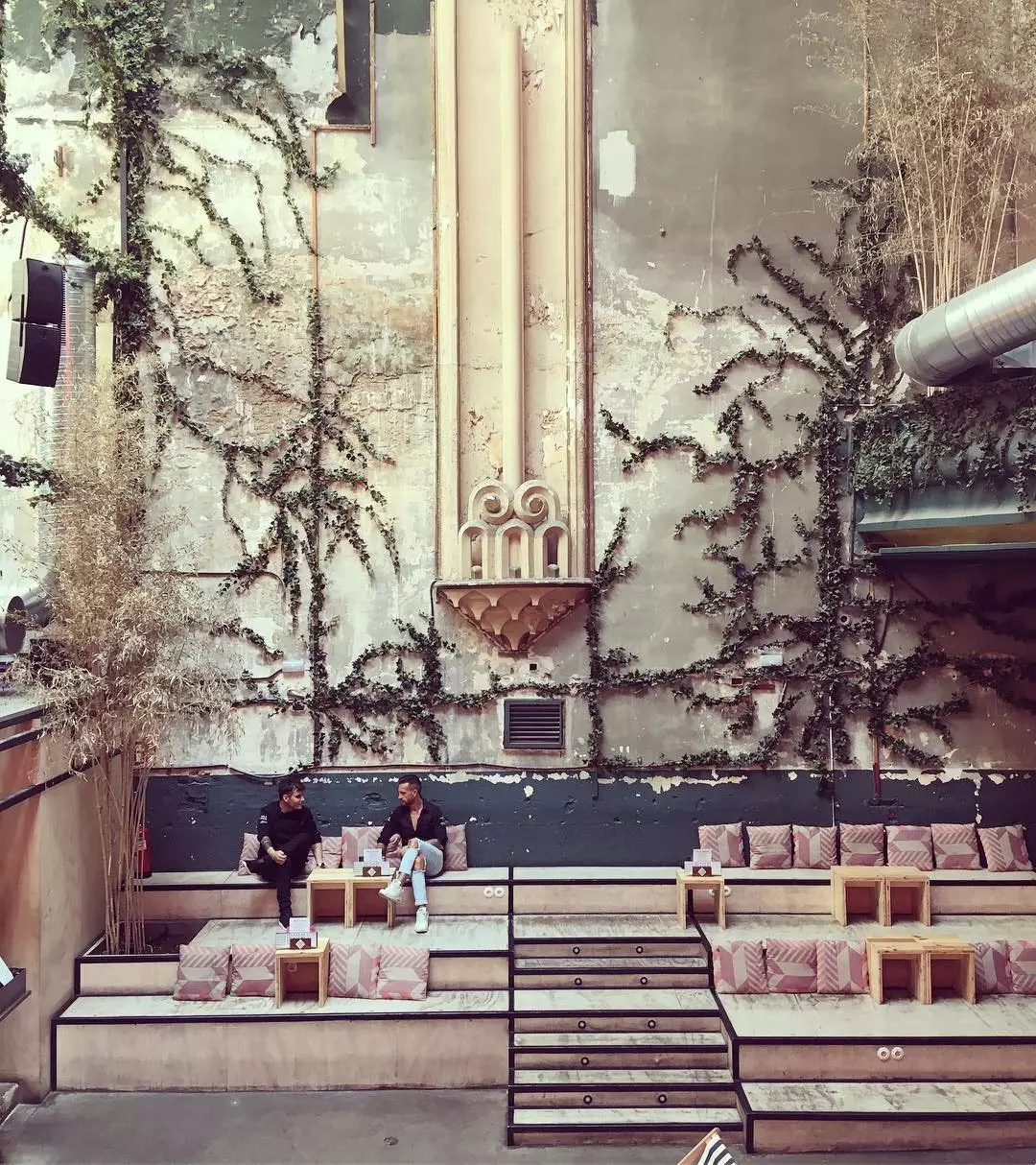
The Sala Equis has become one of the essential places in Madrid.
The hardware store on Calle Atocha 57 was the oldest in Madrid until it closed its doors three years ago to change owners and become Ferretería by EGO. The new gastronomic space in vogue has managed to preserve the essence of the old establishment with furniture full of bills, screws and other old tools.
To counteract, other venues have recovered the past. Bar Benteveo, on Calle Santa Isabel 15, has returned to the club of neighborhood bars of all life and at its prices. First it was a steakhouse, then it was dedicated to breakfast and is currently the place of reference for actors and people from the neighborhood.
Viva Madrid reopened its doors last September to rescue the origins of the mythical tavern of the 1920s. Between the 80s and 90s it had its most successful stage, being essential in Madrid nights. Ricardo García, one of its owners, tells us that with his cocktail menu they intend to achieve the notoriety of their other trendy venue in Madrid, Salmón Gurú.
Very close, behind the deformed mirrors of the Callejón del Gato, we find Inclán Brutal Bar, a restaurant with fusion flavors for pair with the Valle-Inclán Bohemian Lights.
There are numerous establishments that show us that the past and the present are not at odds, that they give us flavors and sensations of the Madrid that we yearn for. Claiming them will allow us to continue enjoying them for many more years.
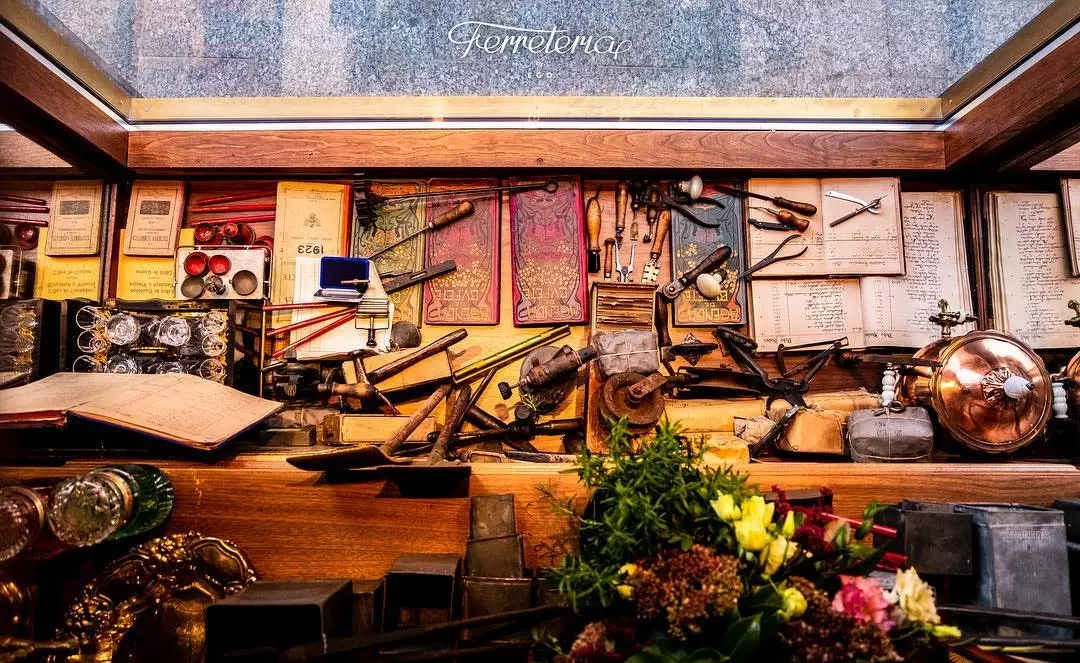
Showcase full of memories in the Ferretería by EGO.
